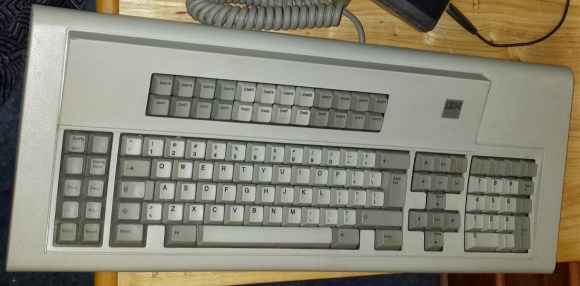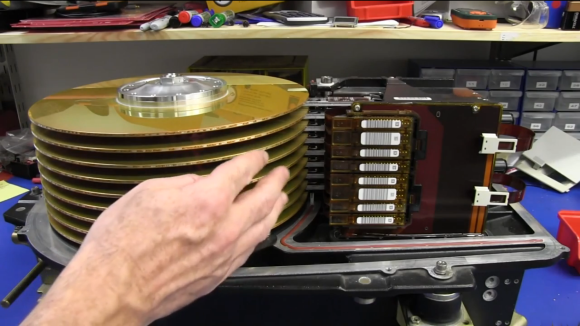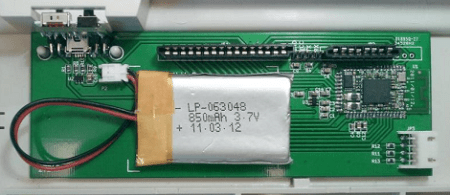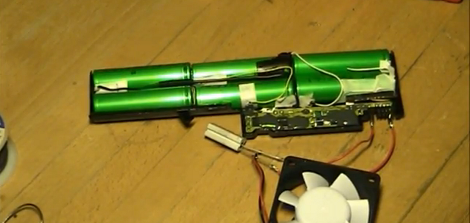
[Evan] was perusing his local thrift store when he found a beautiful IBM Model M 122-key keyboard made in 1987.
“This is my keyboard, there are many like it, but this one is mine.”
~The Typist’s Creed
In [Evan’s] case, this might actually be the only one like it still in use today. An idea formed in his head. What if he took this ancient keyboard, gave it a USB driver, and customized the keys on a hardware level to do exactly what he wanted.
The first step was converting it to USB. He’s using a Teensy 2.0 mostly because it is super inexpensive, and its able to act as a USB HID device. In addition to wiring up the keyboard to the Teensy he’s also added foot pedals that connect via 1/8″ stereo plugs — these kind of act like extra mouse buttons, allowing him to scroll through galleries left to right, add page breaks, and other macros to increase efficiency.
Continue reading “Laser Etching Brings New Life To An IBM Keyboard”
















